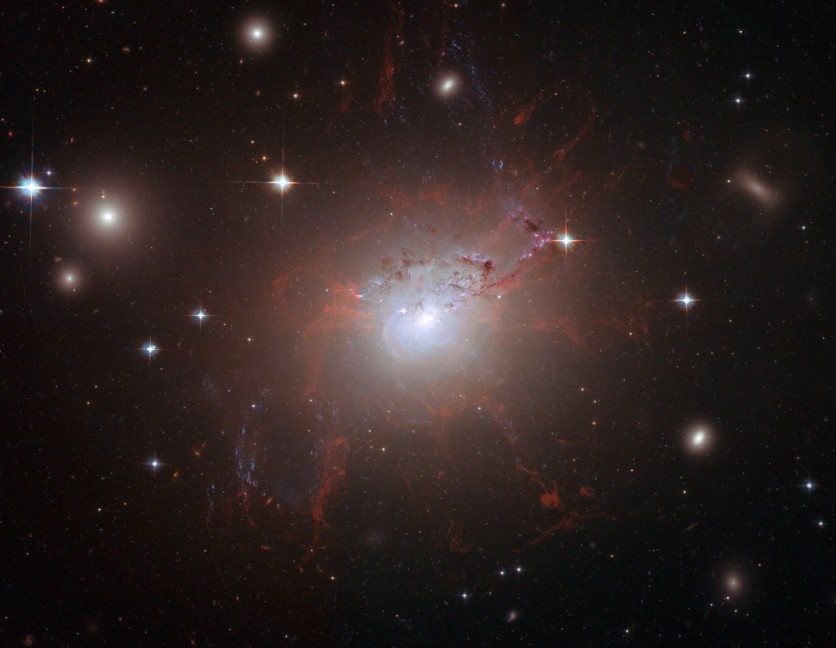Astronomers discovered a unique cloud of gas called "Tadpole" due to its shape and it appeared to be orbiting around a dark space, suggesting that it might be a black hole 100,000 times larger than the Sun.
Future studies will be conducted to unravel more details about the shape and motion of this cloud.

Tadpole Cloud
A group of Japanese scientists led by Miyuki Kaneko at Keio University identified a strange cloud of gas located around 27,000 light-years away in the constellation Sagittarius using information from the East Asian Observatory's James Clerk Maxwell Telescope and NAOJ's Nobeyama 45-m Radio Telescope.
The molecular gas cloud's curved "Tadpole" shape strongly implies that it is being stretched as it revolves around a large, dense object.
The only issue is that it has no bright objects with enough mass to hold the tadpole in place at the center of its orbit. A black hole is the most likely choice for this enormously small unseen entity, according to the astronomers.
Since black holes do not produce light, their interactions with other objects are the only method to identify them.
Astronomers are therefore unaware of the precise number and range of black hole masses that may exist in the Milky Way galaxy.
"The spatial compactness of the Tadpole and absence of bright counterparts in other wavelengths indicate that the object could be an intermediate-mass black hole," the astronomers wrote in their paper.
Gravitational Interaction
The Tadpole is a molecular cloud that was 27,000 light-years away from the galactic center and was moving in a distinct manner from the surrounding material.
The scientists discovered that it had a stretched-out shape as a result of being dragged by a significant tidal force, or gravitational interaction.
The mass causing that contact, according to the team's modeling, is around 100,000 times as massive as the Sun. This suggests that the tadpole may be playing around an intermediate black hole.
However, there are still questions about where it originated from and how it formed.
To see if they can spot any indications of a black hole or any object at the orbital center, they want to undertake follow-up studies of the Tadpole using the potent Atacama Large Millimeter/submillimeter Array in Chile.
It could have significant effects on how astronomers perceive supermassive black holes if the object turns out to be an actual intermediate-mass black hole.
The findings of the study were published in The Astrophysical Journal.
Related Article : Enigmatic 'Heartbeat' from Cosmic Gas Cloud Powered by a Black Hole? Could It Be Marvel-Baddie Galactus





